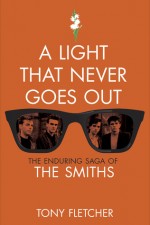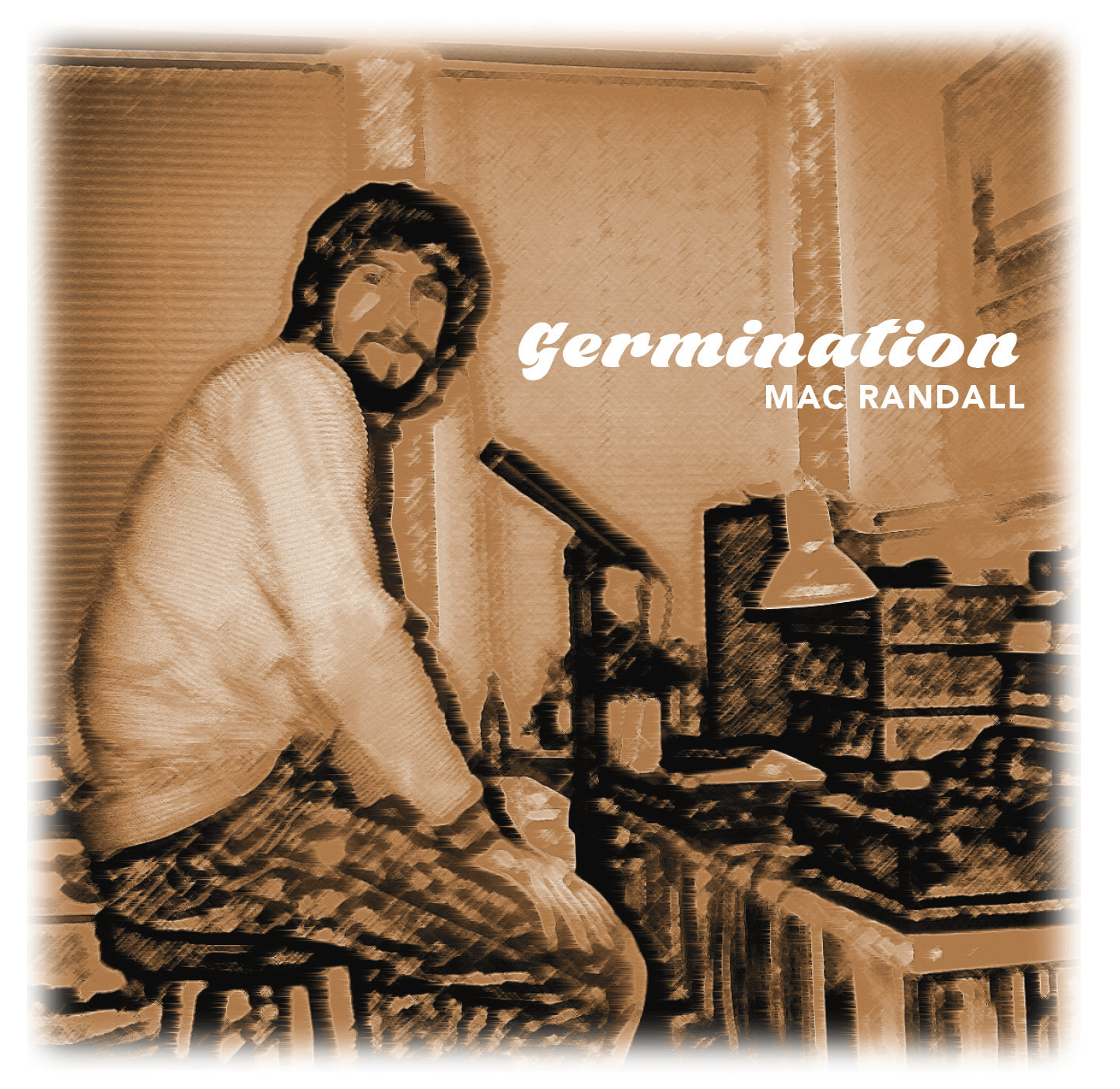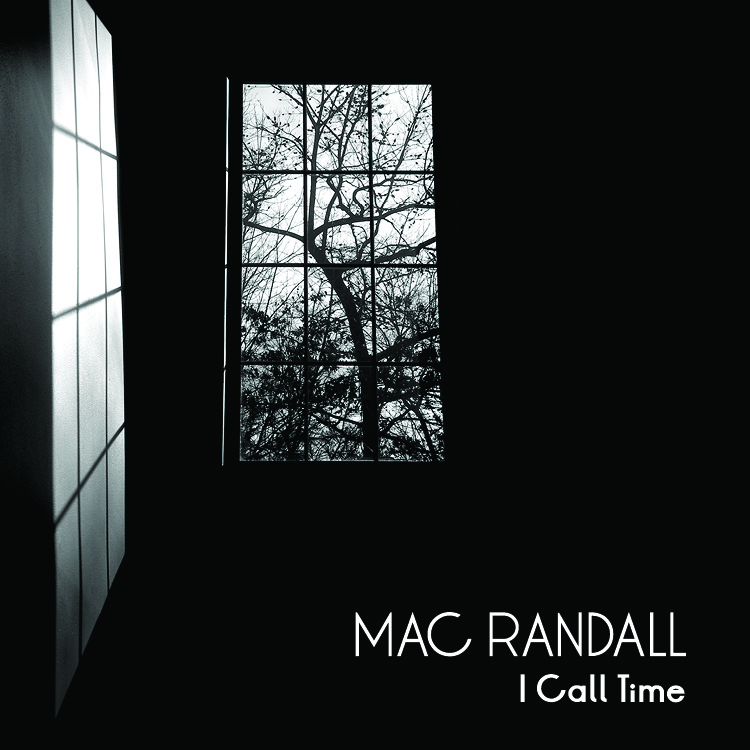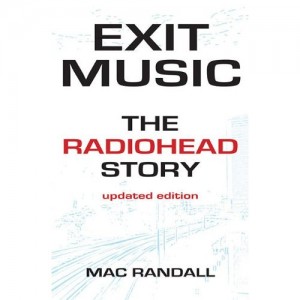The Smiths and I: What difference does it make?
For a long time I’ve felt that I should like the Smiths more than I do. They mesh with so many of my core stylistic proclivities: very jangly, very quirky, very British. Modern yet classic, they consciously stood apart from the prevailing trends of the ’80s, daring to be intelligent and guitar-centric. And although lots of people loved their songs, they spoke most to the outsiders, the disenfranchised, and the just plain awkward.
All these factors weigh heavily in the Smiths’ favor, and yet I still find the band more appealing for what it represented than for what it created. Yes, Johnny Marr’s guitar playing and arranging is brilliant. Andy Rourke and Mike Joyce are a supple and to this day underrated rhythm section. Morrissey is one of pop music’s wittiest lyricists and, though his voice is an acquired taste, I find its timbre intriguing. But to me the music of the Smiths, apart from a handful of indisputably great songs, has always seemed like a bunch of colorful, expertly designed puzzle pieces that just don’t fit together.
 Having been regularly exposed to that music for nearly 30 years, I can’t call my opinion uninformed. Still, even now I sometimes catch myself thinking maybe I haven’t given them enough of a chance. It just so happened that my wife gave me Tony Fletcher’s recent book about the band, A Light That Never Goes Out: The Enduring Saga of the Smiths, as a birthday present, so I read it, thinking it might offer me a new way in. Whether you like the Smiths or not, it’s a thoroughly entertaining read, though perhaps a bit long at 650 pages, not counting the extensive notes and other back matter.
Having been regularly exposed to that music for nearly 30 years, I can’t call my opinion uninformed. Still, even now I sometimes catch myself thinking maybe I haven’t given them enough of a chance. It just so happened that my wife gave me Tony Fletcher’s recent book about the band, A Light That Never Goes Out: The Enduring Saga of the Smiths, as a birthday present, so I read it, thinking it might offer me a new way in. Whether you like the Smiths or not, it’s a thoroughly entertaining read, though perhaps a bit long at 650 pages, not counting the extensive notes and other back matter.
The story of 18-year-old Johnny Marr’s first meeting with 22-year-old Stephen Patrick Morrissey in May 1982 is legendary. The two Mancunians didn’t know each other, but Marr was looking for a new musical collaborator and had been led to believe by friends that Morrissey could be interested, so one day he literally knocked on the latter’s door; the pair quickly bonded over their shared love of ’60s girl groups.
What’s arguably more astonishing, though, is the story of their second meeting a few days later. Morrissey and Marr wrote two songs, “The Hand that Rocks the Cradle” and “Suffer Little Children,” the eventual side-A and side-B closers of the Smiths’ debut album. That in itself would have been enough for one night, but there was much more. They decided how their new band, still officially unformed, would dress and pose in photographs. They discussed the design of their first single (blue label, vintage ’60s look). They resolved that they would aim to make a record deal with the independent label Rough Trade. And they agreed to write songs for other performers, the first of which would be British pop icon Sandie Shaw. Everything Morrissey and Marr planned to do at this second meeting was achieved within a year.
Unfortunately, this impressive single-mindedness turned to arrogance once they’d tasted success—an arrogance that at times verged on the suicidal. One particularly jaw-dropping example recounted in A Light that Never Goes Out: Morrissey ordered that Seymour Stein, the head of the Smiths’ U.S. label Sire Records, be taken off the guest list of the band’s first New York concert in the summer of 1985 because Sire had had the effrontery to add “How Soon Is Now?,” a single that was gaining momentum in alternative dance clubs, to the U.S. version of the Meat Is Murder album. Note that the reason Sire had done this was to sell more Smiths records—the very thing Morrissey was simultaneously badmouthing Rough Trade’s Geoff Travis for not being sufficiently concerned about.
The final straw, which led to Marr’s leaving the Smiths in 1987, was Morrissey’s last-minute decision not to show up for a video shoot, costing the band thousands of pounds in equipment rental and crew fees. After reading all this, I’m even more curious to check out Morrissey’s recently published autobiography, to see how he justifies his frequent, often alarming insensitivity to others. My guess is that he can’t top this quote from a letter to a Glasgow pen pal in the early ’80s: “Accept me for what I am—completely unacceptable.”
Not that Marr was so much better. He too was guilty more than once of walking out on band obligations because they didn’t register high enough on his coolness meter. And his willingness to go along with Morrissey’s passive-aggressive tactics ended up cheating his nominal bandmates Rourke and Joyce out of a lot of money, paving the way for years of legal battles in the future. Interviewed extensively for Fletcher’s book (unlike Morrissey, who declined to participate), the modern-day Marr is a much wiser man. He freely admits his failings during the Smiths era, putting most of them down to his youthful inexperience. Fair enough; he was still only 23 when the band split.
Of course, it’s not the personality problems but the music the band left behind that matters most, and reading A Light that Never Goes Out did compel me to revisit that music, in the way all good rock books do. In the end, I can’t say it did much to change my general opinion. The Queen Is Dead is a very good album, and the others have their moments, but far too often the Smiths’ songs are done in by monotony, an ear-tiring dirginess that can be blamed squarely on Morrissey. Over and over again, his voice traces out the same note patterns, rarely jumping intervals by more than a third—a lack of melodic imagination that’s all the more dispiriting when placed next to Marr’s bold inventiveness. Occasionally, as on Meat Is Murder’s opening track “The Headmaster Ritual” (probably my favorite Smiths song), the guitarist’s chord progressions are just so wonderfully unusual that Morrissey can’t help but be pulled out of his rut, but even then it sounds as if he’s making the change under protest.
And so, with all respect to Tony Fletcher, his excellent book, and Smiths fans everywhere, my final verdict: I like what the Smiths stood for and appreciate their significance, but I guess I’m never going to love them.






